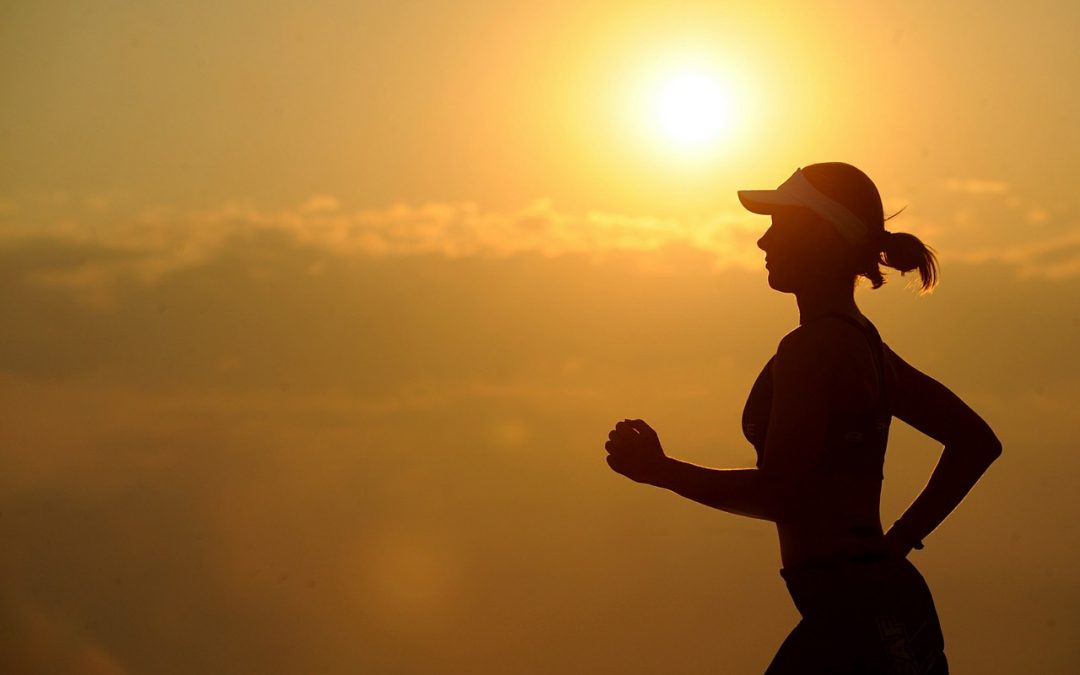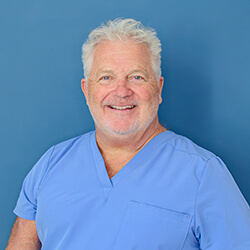

I am guilty of falling for the bright lights, cheering crowds and heroic stories from the 2017 London
Marathon. This led to me naively putting my name in for the ballot and somehow being lucky
enough to secure myself a place for the 2018 event!
Let me first say, I am not an experienced or a frequent runner.
Five years ago, I completed a very slow, torturous half marathon. Over the years, since then I have
convinced myself slightly more to like running. However, I have been battling with iliotibial band
syndrome for about 2 years now, which has really stunted any progress I would have liked to make.
I am now on week three, staring down the track at 14 more weeks of training. Along this journey, I am
going to be sharing little tips, tricks or pieces of advice regarding my training programme and any
additional exercises I will be including. It’s time to start practising what I preach and kick my little
knee problem out the way!
Over the last two weeks, I’ve been paying my adductor muscles a little more attention. From my
experience, they’re always a little neglected compared to other well-known muscles such as the
quadriceps, calves and hamstrings. If you have been prone to knee pain or injuries while running,
cycling or swimming, then these muscles could be playing a large part in that.
The adductors are made up of 5 large muscles running along the inside of your thigh. They are
responsible for drawing the legs in together; they also control and stabilise the hips when walking or
running. This means if one side of your adductors is tighter than the other, it could cause an
imbalance in the level of your pelvis; one hip can drop down when you walk, resulting in hip or knee
pain.
Iliotibial band syndrome or ‘runners’ knee, can also be linked to tight adductors. If the inside of your
leg is particularly tight, it causes an imbalance and a pull on the outside where the iliotibial band is
located. Stretching them can relieve some of the pressure on this band-like muscle.
So, just spend a little bit of time before and after your runs to stretch and even foam roll those
adductor muscles.